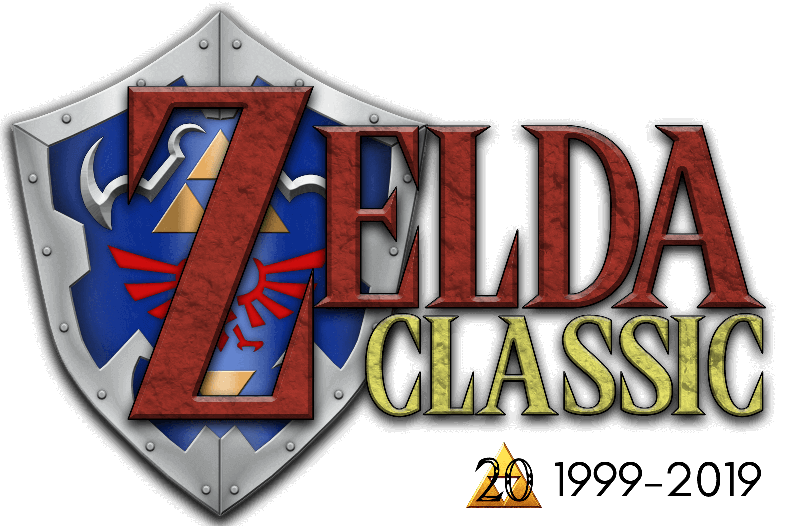11. Animation and palette cycling no longer pauses during most operations.
12. FPS display in ZQuest doesn’t flicker anymore.
13. Link sprites don’t flicker anymore in the Link sprite dialog.
14. Animation speed is now more constant in ZQuest (same speed in DOS/Windows and doesn’t speed up when you hold down the mouse button).
15. Combo brush size option restored and fixed. Space bar changes how it looks (the same way as it does in the combo list screen).
16. Fixed (I hope) the bug where using the combo brush would make your mouse disappear if you used the keyboard to go somewhere.
17. Fixed the bug where Link would be fully visible when he was exiting a cave (instead of the stair-climbing effect).
18. Right-clicking on a combo selector will now set the combo and cset to 0 (for fast deletion, instead of having to manually select combo 0 and changing the cset to 0).
19. The tile editor now shows what pixel row and column the cursor is on and what color that pixel is (both the color number and the r, g, and b values).
20. The tile editor now has a mouse that shows what color is assigned to each button. Cosmetic, really.
21. The tile editor now has a new tool, the eyedropper (lens of truth). Clicking on a pixel in the tile while using this tool will set the color of the button used to be the color of the pixel clicked on. Holding down the Alt key provides quick, temporary access to this feature without having to manually select the tool, then selecting the previous tool after picking a new color.
22. SPC files can now be used as alternate dmap music (like MOD, IT, S3M, and XM files are), although they are a little buggy at the moment (they don’t pause properly when you go to a system menu, for instance).
23. Now, in the Misc Colors dialog, you can click on one of the color edit boxes, then click on a color in the color table, and it will set that color automatically (no need to find the row and column yourself).
24. The dungeon template dialog (Tools->Template) has 2 new features. Before, the floor tile would always be whatever your current combo and cset selections were. Now, if you hold down the shift key while opening the dialog, the floor tile will stay what it was the last time you opened the dialog (unless that is the first time you opened it, in which case it will use the current combo and cset). The second feature is that now, you can click on the floor tile and pick another combo and cset, without having to change your current selections outside of the dialog.
Here are some screenshots of the current alpha, for those of you who are curious (all of these are nam):

The enhanced tile editor.

The string editor.

The side warp editor.

The enhanced quest rules editor. Notice the tab control. Lots of programming involved in making that thing work.

Miscellaneous colors editor.

The main screen.

Door Combo Set editor. Tab control again instead of the little arrow buttons.




Enhanced DMap editor. Nested tab control in the 4th screen.
26. Rotated tiles. Now, combos (gotta check to make sure this applies to any tiles used for any function of the game) can use tiles that are rotated, not just flipped.

